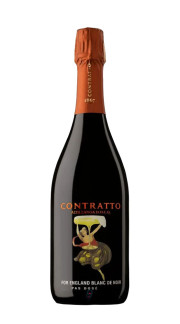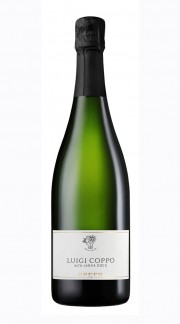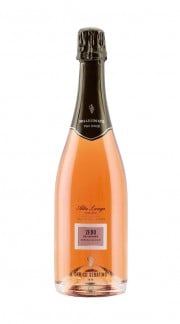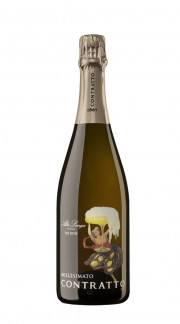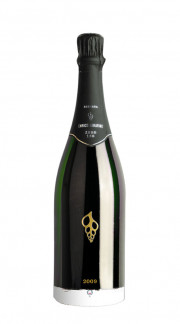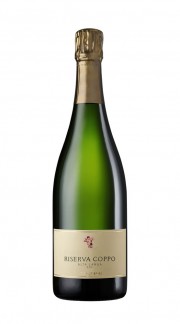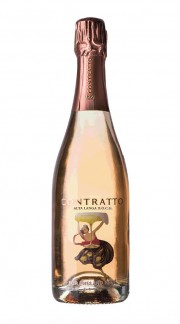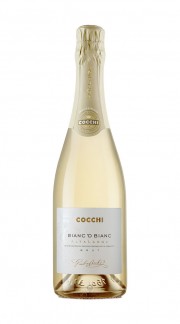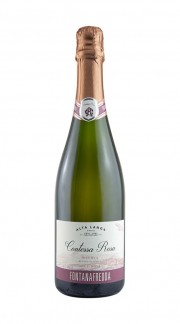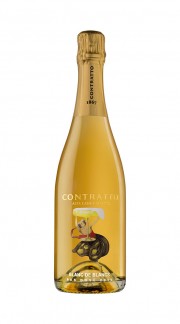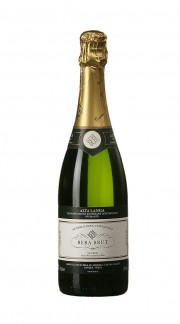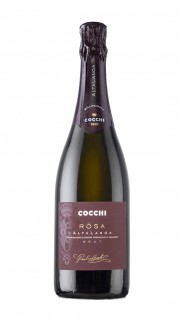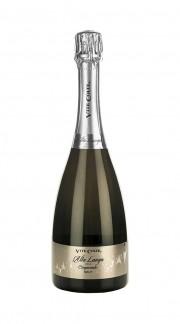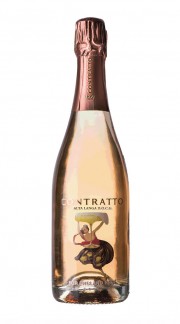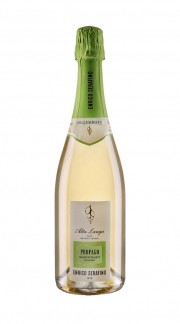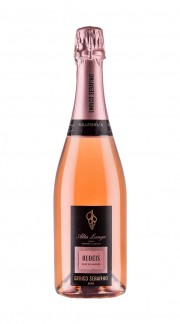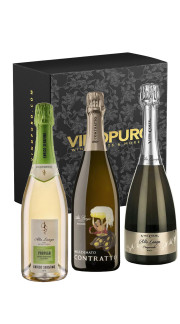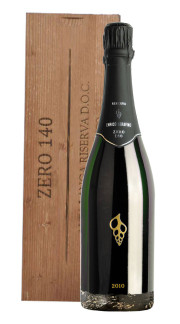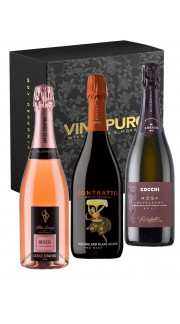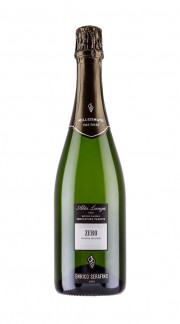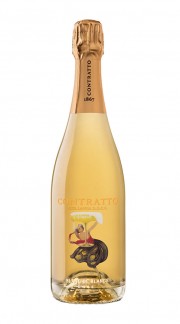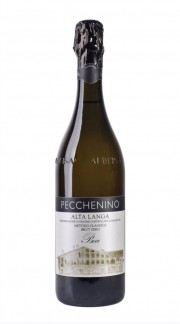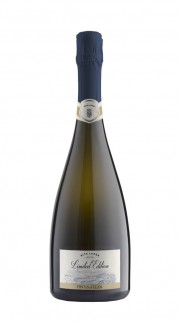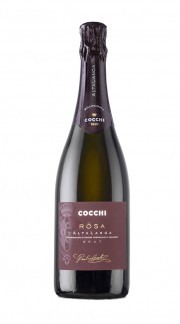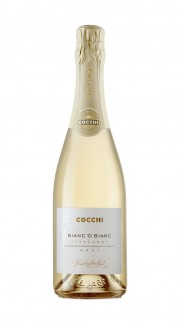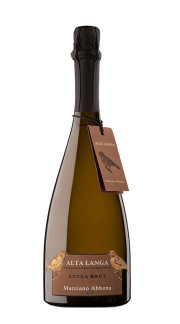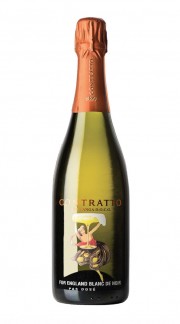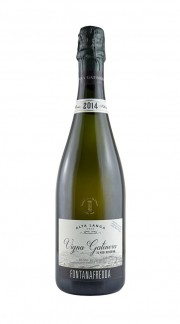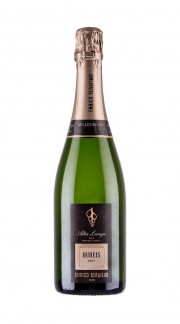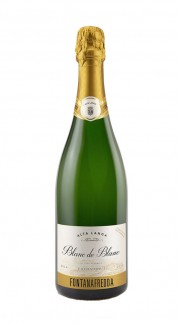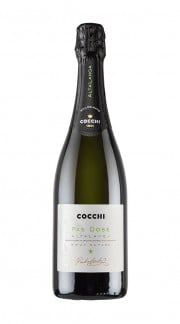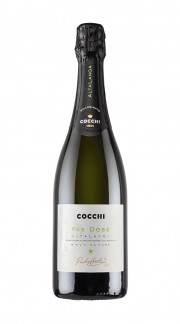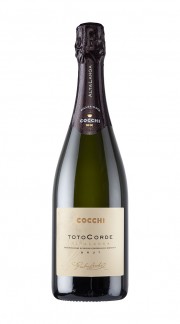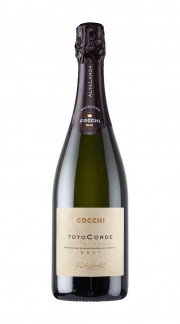Another Next to Sparkling
Alta Langa is an Italian classic method sparkling wine born in Piedmont . Even if little known, what we are telling you is a historical reality: the first Italian Classic Method sparkling wine was born in Piedmont, and not in other famous areas as one might think today by observing the current sparkling wine panorama of our country. Well yes, the land famous throughout the world for its great reds opened the glorious path of Italian sparkling wine, even if it then historically gave way to other realities, to then take it up again (and with an excellent production) about twenty years ago . The production of the Alta Langa DOCG sparkling wine only includes Pinot Noir and Chardonnay grapes, alone or together in variable percentages; it can be white or rosé, in brut or pas dosé dosages and has very long aging times on the lees, as required by the strict disciplinary: at least 30 months . The Alta Langa DOCG is exclusively Millesimato , that is, it always bears the year of the harvest on the label, an element of great quality, for a sparkling wine, not envisaged and, therefore, not mandatory in the specifications of other Italian Classic Method sparkling wines.
- Immediate availability
€ 24,10- Immediate availability
€ 28,40- This product is no longer in stock
€ 84,61- This product is no longer in stock
€ 146,10- This product is no longer in stock
€ 97,50- This product is no longer in stock
€ 42,70- This product is no longer in stock
€ 18,80- This product is no longer in stock
€ 24,90- This product is no longer in stock
€ 20,10- This product is no longer in stock
€ 26,50- This product is no longer in stock
€ 34,00- This product is no longer in stock
€ 32,40- This product is no longer in stock
€ 24,30- This product is no longer in stock
€ 22,80
THE HISTORY OF THE CLASSICAL METHOD IN ITALY
Let's go in order: since the beginning of the 1800s the counts of Sambuy have been importing the classic vines from France such as Pinot Noir and Chardonnay , finding climatic and territorial assonances with the already famous French bubbles; clearly the model of inspiration is that of Champagne. But the real development is due to Carlo Gancia : the attraction for the most famous French region in the world is, for him, irresistible and, after studying oenology, he leaves for Reims, the "capital" of Champagne, with the aim of understanding its production secrets. Back in Piedmont, in 1850 Gancia identified the Canelli area as the most suitable terroir for growing sparkling wine grapes and began a period of work and experimentation with Pinot Noir and Chardonnay, opening his first small business with his brother, where he the production of the first Italian sparkling wine using the processing techniques of the " champenoise " method and, in fact, paving the way for many other producers in the area, and beyond. This is precisely the story, everything else comes later.
HOW THE ALTA LANGA DOCG WAS BORN
Over the last 50 years, other territorial realities have been born, among the best known ones we certainly include Trento Doc and Franciacorta (docg), but above all over the last decade the production of Classic Method sparkling wines has spread throughout Italy, identifying new vines and very interesting territories. The Piedmontese have been watching for a long time, undoubtedly concentrated and engaged in the production of great reds (and the drive they generated, in Italy and abroad). Even if the large companies, the historic houses, such as Gancia , Riccadonna , Cinzano , Fontanafredda already made sparkling wine with the Classic Method, but buying the grapes in Oltrepò and Trentino.
At the end of the 80s, a vehement reaction from some Piedmontese producers was perceived to start producing grapes in Piedmont: in the first instance, a "holy alliance" was proposed between the vineyard territories of the provinces of Cuneo, Asti and Alessandria, to the production of sparkling wine grapes. The protagonists are Gianfranco Caci ( Cinzano ), Alberto Contract ( Contract ), Alessandro Abbruzzese ( Estates of Barolo and Fontanafredda ), Vittorio Vallarino Gancia ( Gancia ), Giorgio Giusiana ( Martini & Rossi ), Ottavio Riccadonna ( Riccadonna ) and Giuseppina Viglierchio ( Wines Banfi ) who signed the pact of understanding on February 28, 1990 which sets off the “ Progetto Spumante Metodo Classico in Piedmont ”. On 5 March 1990 the "Progetto Spumante" was officially presented in Asti.
The objectives are initially two: in the first instance, to carry out analyzes through rigorous scientific research, to verify the existence of the most favorable soil and climatic conditions for the cultivation of chardonnay and pinot noir grapes for the production of Classic Method sparkling wines. Secondly, to stimulate in the Region the birth and development of a real sector of companies oriented towards the production of Classic Method sparkling wine. But to realize the "Project" the guidelines are not enough, we also need the grapes, therefore the vineyards. Here comes the concession of 18 experimental vineyards that the Piedmont Region makes available to the "Progetto Spumante", with the supervision of all the staff of the Experimental Institute for Viticulture of Asti. Thus, the initially spontaneous formula of a group of companies motivated by coincident objectives and willing to work and invest to build something new in the Piedmontese wine sector, gives way to a Coordination Committee, set up as an association and called "Tradizione Spumante“, which becomes reality on 4 June 1993. Meanwhile, the studies continue; the experimental vineyards expand to 48 hectares, a platform that is difficult to find elsewhere. We arrive in 1994, with the first harvest of the first 18 hectares of experimental plants that had entered production. Right from the start, the grapes are harvested and placed in small containers, according to the work protocol set up for the oenological experimentation, led by the Frenchman Georges Hardy which will later become part of the Production Regulations. In 1997, in March, the denomination "Tradizione Spumante" was abandoned to become "Piedmontese Historical Houses", in the meantime, experimental work continued both in the vineyard and in the cellar, with the two groups (historical houses and winegrowers) starting to study , in an ever more definite way, the question of the Denomination of Origin, which proves to be not easy to solve. The name is missing! After having entrusted the task to an important communication agency in Turin, with disappointing results, the hypothesis of linking the new product to the "Doc Piemonte" is also considered, considering it as the fruit of a "sub-area" of the same denomination, such as " Piemonte Classico”, which is not, however, considered sufficiently convincing. In 1998 , Giovanni Minetti formulated the “ Alta Langa ” hypothesis which turned out to be a lucky intuition: it is clear that it is the ideal solution, but the recognition of the Denomination of Origin is slow in coming. We still have to wait 3 years to see, in February 2001, the start of the procedures to obtain, for the exclusive benefit of its associated companies, the registration of the collective trademark "Alta Langa", which however is not the recognition of the Denomination, the which comes to be made official by the Ministry on 16 October 2002, with the publication of the recognition decree in the Official Gazette. As is well understood, the projects that have to do with extensive territories, many producers, historic houses, etc. they take very, very long times, but the final result will be truly excellent, both in terms of legislation and in terms of product quality.
THE NUMBERS OF THE ALTA LANGA DOCG CONSORTIUM
Definitely a wine of excellence, Alta Langa DOCG, almost elite (at least for now), as today, the 40 consortium wineries produce 70 different labels of Alta Langa DOCG, made in about 300 hectares of vineyards , ( 1/3 cultivated with chardonnay, 2/3 with pinot noir) for a production that does not exceed 2 and a half million bottles a year , which however quickly run out, with a commercial turnover of around 100 million of Euro. There are therefore few producers who have the task of enhancing and promoting the peculiarities that their wines are able to express, characterized by a strong territorial expression, sparkling wines produced in the context of a clear and clear environmental sustainability, the prerequisite for defining their commercial future within of an increasingly competitive market. This, in numbers, is the current picture of the Alta Langa appellation, expression of an ancient winemaking vocation expressed, today, at the highest qualitative values. In 2011 , the Alta Langa DOC obtained the prestigious DOCG , with retroactive recognition up to the 2008 harvest.

